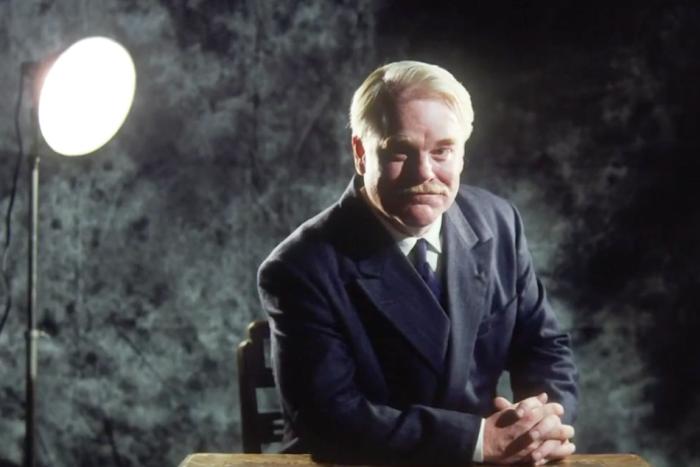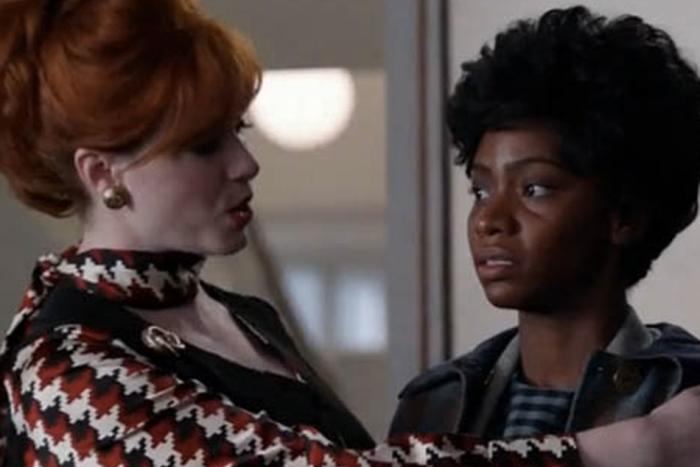Rarer, though, are works like Otto’s, Exley’s, and Darnielle’s, which neither sneer nor cheer. One fascinating tightrope journey is that of B.D. in Garry Trudeau’s Doonesbury. Modeled on a real football quarterback who played at Yale when Trudeau started the strip in the student newspaper in the 1960s, at first he is mainly a foil to the wimpier and more countercultural characters—the scenes with Zonker smoking dope in the huddle or players having philosophical discussions there are pretty all I know about huddles—but over the decades (almost never removing his helmet) he becomes one of the cartoon’s most complex characters, partly due to his greater conservatism and patriotism.
B.D. served more than one tour in the military and, in 2004, he lost a leg in the Iraq war. He then became the focal point for an investigation of veterans and PTSD that in many ways realigned the voice of the long-running liberal satirical strip, making it at once more compassionate and more deeply angry. So B.D.’s story is inflected with the pathetic impulse of football, but not in any kneejerk way.
In fact, Doonesbury’s use of football suggests a different arc for football stories, as multilayered studies of social mores and manners. There’s probably more out there in that vein if I would give it a chance.
So while I’m not prepared to go so far as to watch the Super Bowl this weekend, in honour of that unusual pigskin-besotted day so many years ago in Manitoba, I’ll meet the sport halfway this weekend by firing up Friday Night Lights on Netflix. While the fans are waving their flags and foam fingers, I’ll be clutching my tissues. And depending how the coin toss falls, perhaps we can make a few conversions.
(See, Jacob, I even cracked a football pun. … There’s hope yet.)
The News in Art publishes every weekend.






